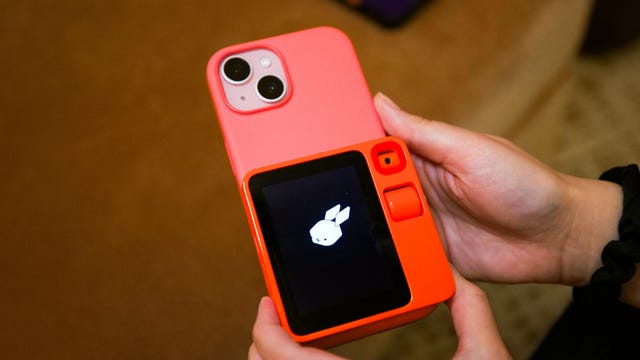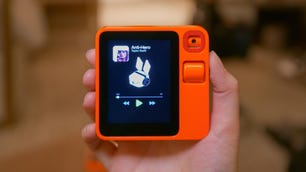As I’ve been using the Rabbit R1 over the past week, I’ve gotten the same questions multiple times: What is that thing, and what does it do? And each time, I struggled to find a concise answer.
That’s because the Rabbit R1 isn’t your typical tech product. It’s not a phone, but it’s meant to accomplish some of the same things as your phone — only faster and more naturally. It’s still far from living up to that promise, which you can read more about in my review. The device is expected to evolve and improve over time, but I don’t recommend buying one right now.
The Rabbit R1 doesn’t run on a conventional operating system with apps. Instead, the software is powered by AI that’s been trained to use apps and services on your behalf. Rabbit founder and CEO Jesse Lyu likens it to handing your phone to a friend to order takeout for you.
Here’s a breakdown of what to know about the Rabbit R1.
Read more: Apple’s AI Plans for the iPhone: What to Expect From iOS 18 and More
How much does the Rabbit R1 cost?
The Rabbit R1 costs $199 and doesn’t require a subscription. But you’ll also need a data plan for the Rabbit R1 if you want to use it on the go, unless you tether it to your phone’s mobile hotspot. Some of the services you’ll likely want to connect to the R1, like Spotify and Midjourney, require a subscription.
What comes in the box?
Other than the device itself, you’ll get a clear protective travel case that can double as a kickstand for the Rabbit R1. It kind of resembles a cassette tape case, which is fitting given the Rabbit R1’s retro design. The device doesn’t come with a charging cable, but you can use any USB-C cable to power it up.
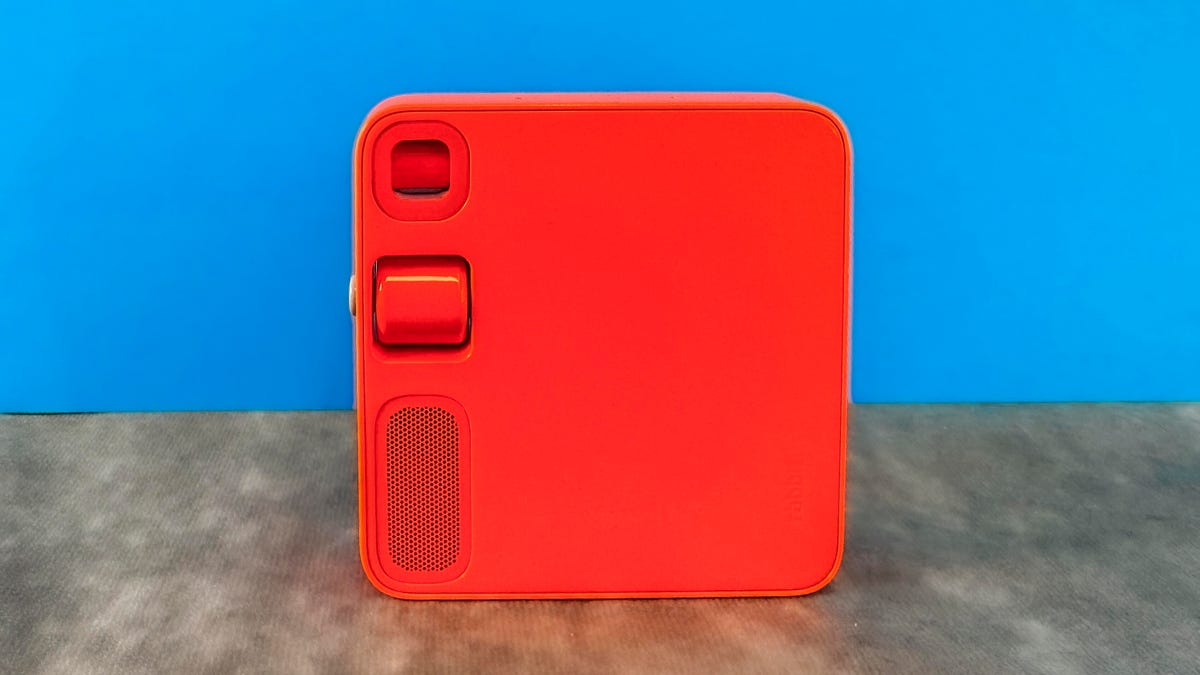
What can the Rabbit R1 do?
Right now, the Rabbit R1 can answer questions, call an Uber, order DoorDash, play music on Spotify, translate speech, generate images on Midjourney, identify nearby objects with its camera and record voice memos. Your phone can already do these things, but Rabbit is positioning the R1 as a way to accomplish these tasks faster and more efficiently. (Although again, I haven’t found that to be true in my experience so far).
Instead of opening an app and swiping to make your selections, you primarily interact with the Rabbit R1 by holding down the side button and speaking into it like a walkie-talkie. But there’s also a scroll wheel for those few instances in which you may need to navigate a menu on screen, such as your Spotify queue, settings options or making food selections on DoorDash. You access the settings menu by shaking the R1 twice.
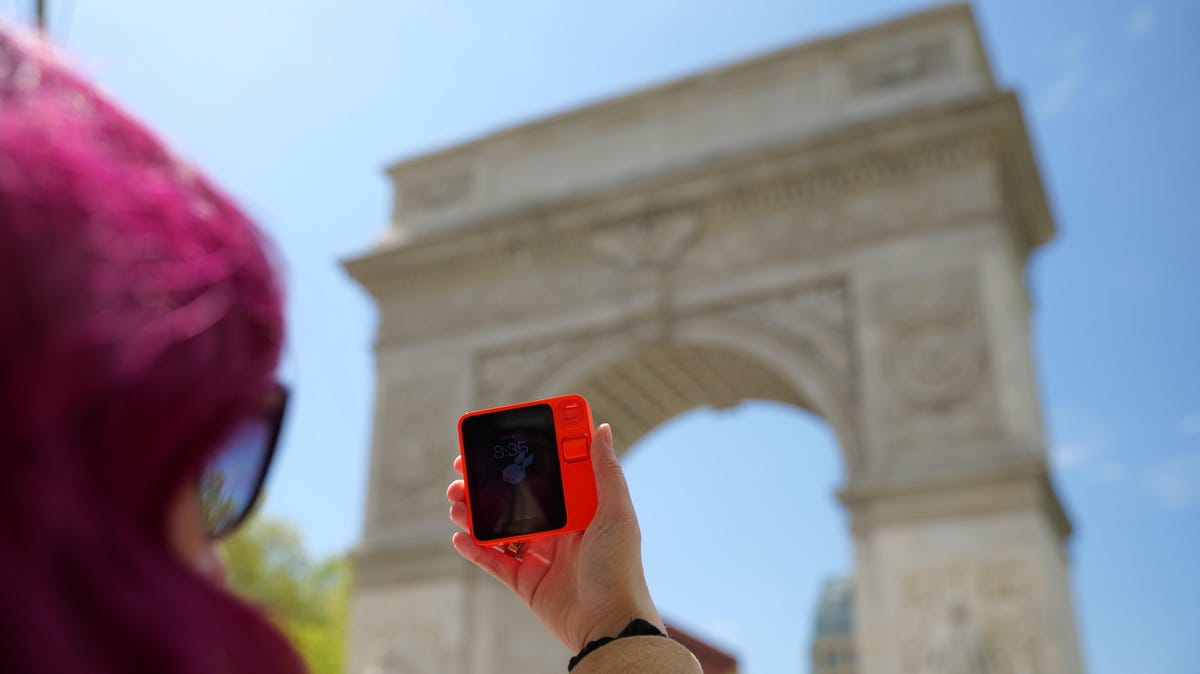
So far, I’ve found the R1 to be most useful for scanning objects and points of interest in my environment and asking questions. However, it sometimes had trouble recognizing certain landmarks, like the New York Stock Exchange. I also couldn’t get Uber to work properly, but the company just issued an update that may help with this.
Rabbit is also planning to update the R1 with more features over time. During the company’s launch keynote on April 23, founder and CEO Jesse Lyu said features like travel planning, reminders, calendar and contact support and more are planned for summer 2024. Smart home functionality, shopping features and teach mode, which lets you teach the R1 how to accomplish a specific task within an app or service, are also in development. The company also plans to add video messaging, third-party payments and navigation to the Rabbit R1.
Which third-party services does the Rabbit R1 support?
According to Rabbit’s online portal, known as the Rabbithole, the R1 currently supports Uber, Spotify, Midjourney and Doordash. When setting up your R1, you can connect your accounts for these services to the device.
Support for Amazon Music and Apple Music is in development, and Yelp functionality should be coming in summer 2024, according to the company’s keynote. The company also plans to add support for Airbnb, Lyft, 1Password, OpenTable, Ticketmaster and Uber Eats.
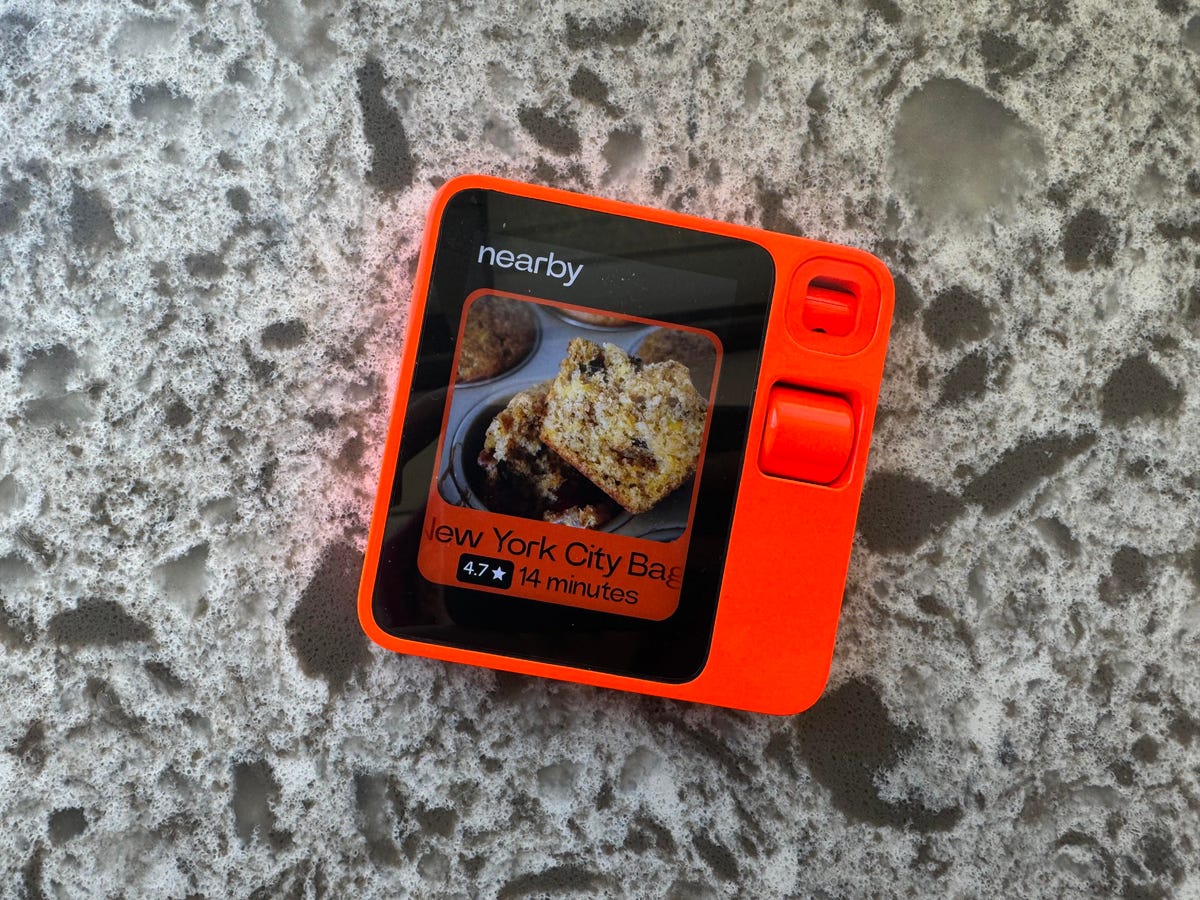
Does that mean Rabbit knows my logins and passwords?
The company says it doesn’t store login credentials for connected apps and services, and instead uses the service’s own authentication systems for linking your accounts. So if you connect your Uber account to the Rabbithole, for example, it’ll use Uber’s authentication system, Rabbit says. When I went through the setup process, linking my accounts to the Rabbithole sort of felt like logging into Uber or Doordash through a web browser.
Can you use the Rabbit R1 as a phone?
The Rabbit R1 technically isn’t a phone, but you can put a SIM card in it. However, there isn’t any support for calling or texting at this time.
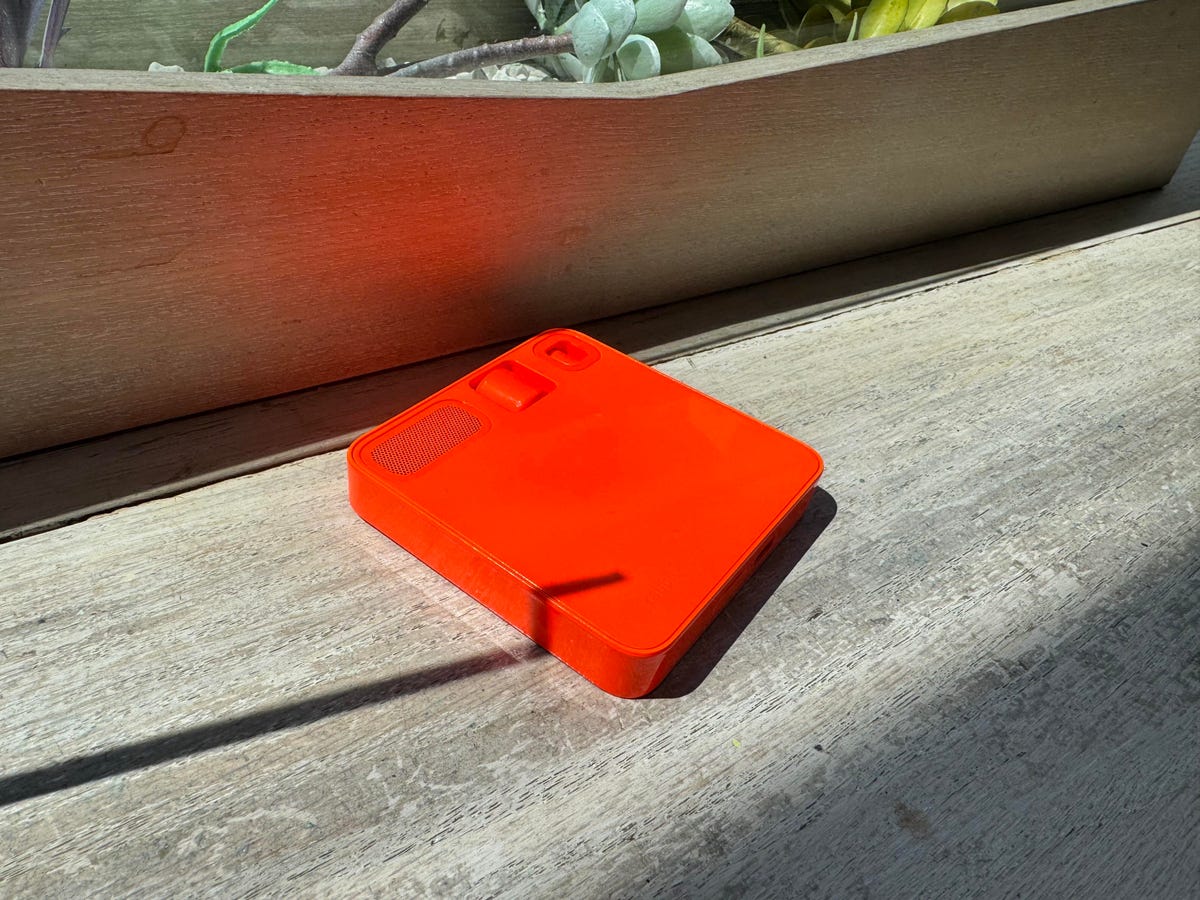
How can I see the questions I’ve asked Rabbit?
The journal section of the Rabbithole web portal shows any visual searches you’ve conducted using the R1’s camera and voice memos you’ve recorded. You can delete these from the website at any time.
But the Rabbithole doesn’t currently store voice queries, and there isn’t a way to save answers for later reference. A Rabbit spokesperson said the company plans to add this functionality through an update in the near future.
What’s the Rabbit R1’s battery life like?
The Rabbit R1 initially had very poor battery life that barely made it through half the day. It would even drain passively when not in use. But the company issued an update on April 30 to address this. Battery life seems to have significantly improved, with the R1’s battery remaining at 83% by 5:34 p.m. on a very light day of use.
Wait, I thought I saw something about the Rabbit R1 just being an Android app?
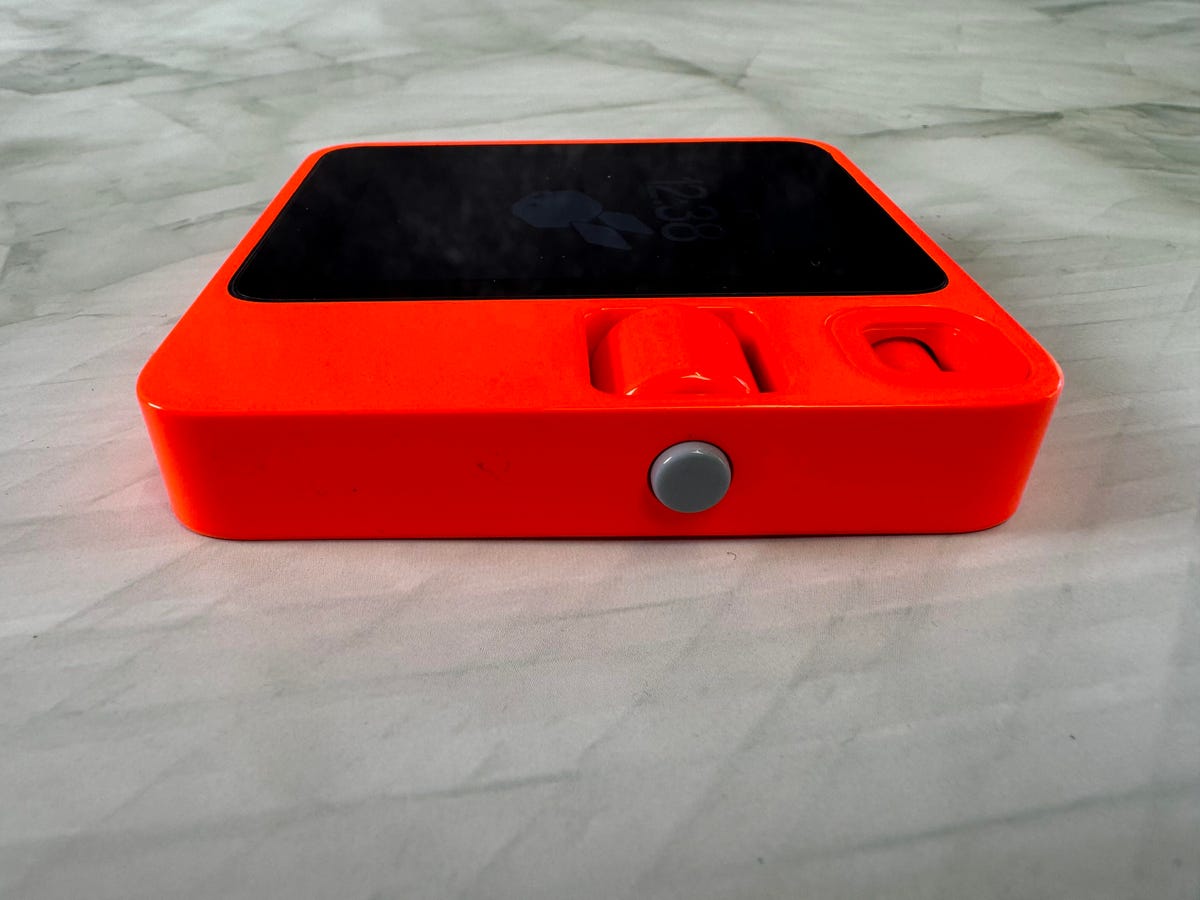
The answer is a little complicated. Android Authority says it installed the Rabbit R1’s launcher Android Package (APK) file, which is the file that includes all the resources and elements an Android app needs in order to be properly installed on a device, on a Google Pixel 6A. The outlet posted a video of what appears to be the Rabbit OS operating system running on a phone and answering a question, with the volume up key serving as the push-to-talk button on the R1.
But the report also mentioned that other functionality, such as Spotify integration, likely wouldn’t work since it requires specific system-level permissions that weren’t able to be granted on a phone.
In response, Rabbit Inc. said on X that it’s “aware that there are some unofficial Rabbit OS app/website emulators out there.” It also said the service wouldn’t work properly using a “local bootleg APK” since it wouldn’t be able to access the “proper OS and cloud endpoints,” adding that “Rabbit OS is customized for R1 and we do not support third-party clients.”
You can read Rabbit’s full response below:
we are aware there are some unofficial rabbit OS app/website emulators out there. we understand the passion that people have to get a taste of our AI and LAM instead of waiting for their r1 to arrive. that being said, to clear any misunderstanding and set the record straight,…
— rabbit inc. (@rabbit_hmi) May 1, 2024
We’ll update this story with more information about the R1 as the device receives more updates in the future.
Editors’ note: CNET used an AI engine to help create several dozen stories, which are labeled accordingly. The note you’re reading is attached to articles that deal substantively with the topic of AI but are created entirely by our expert editors and writers. For more, see our AI policy.

